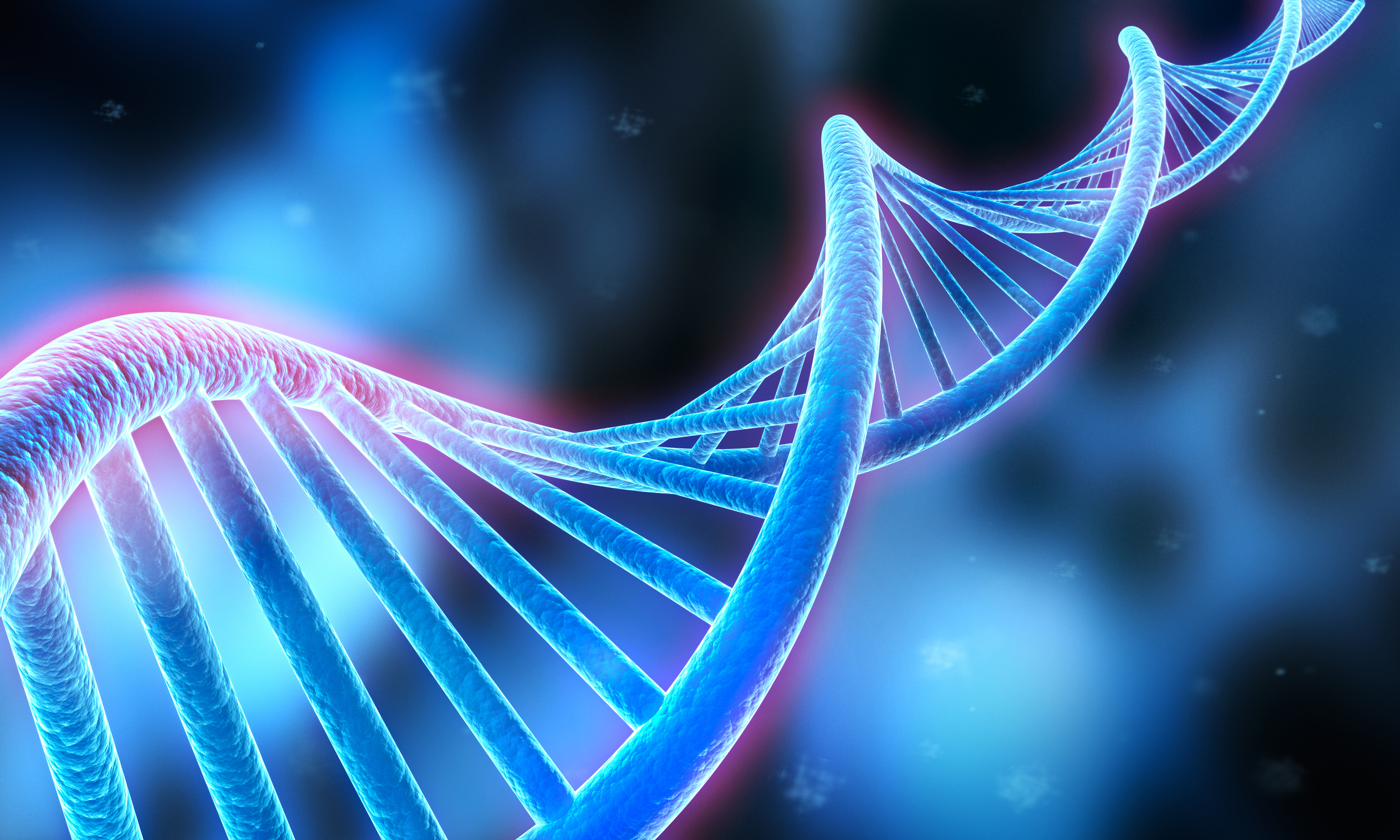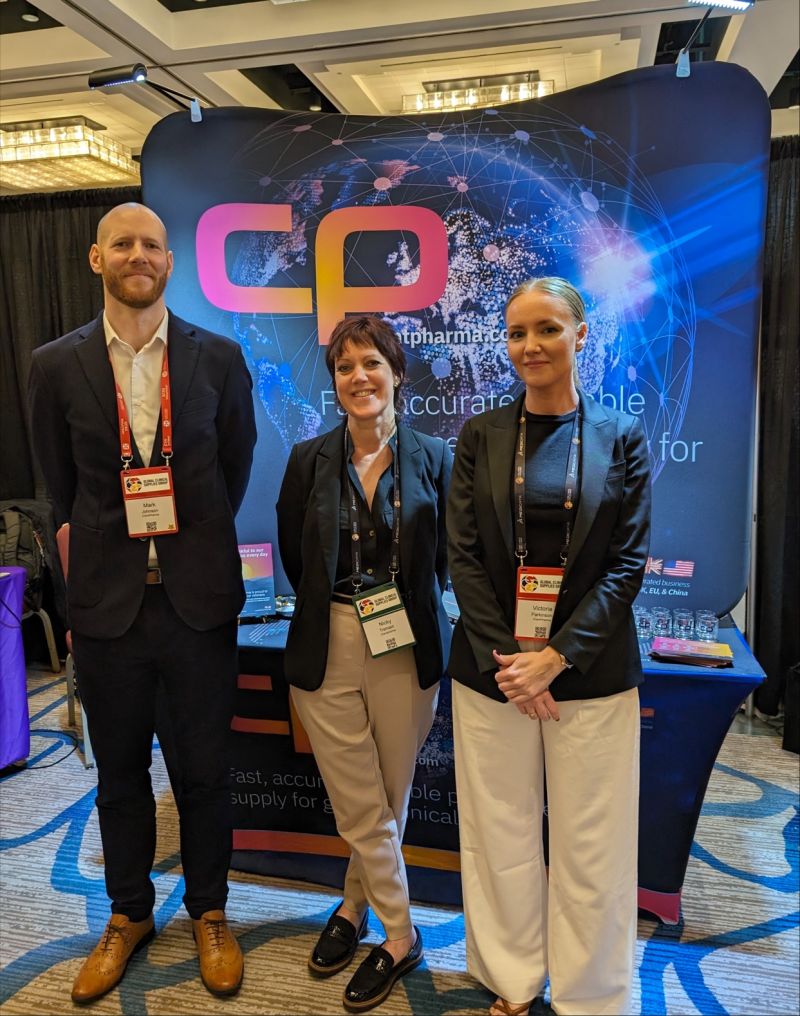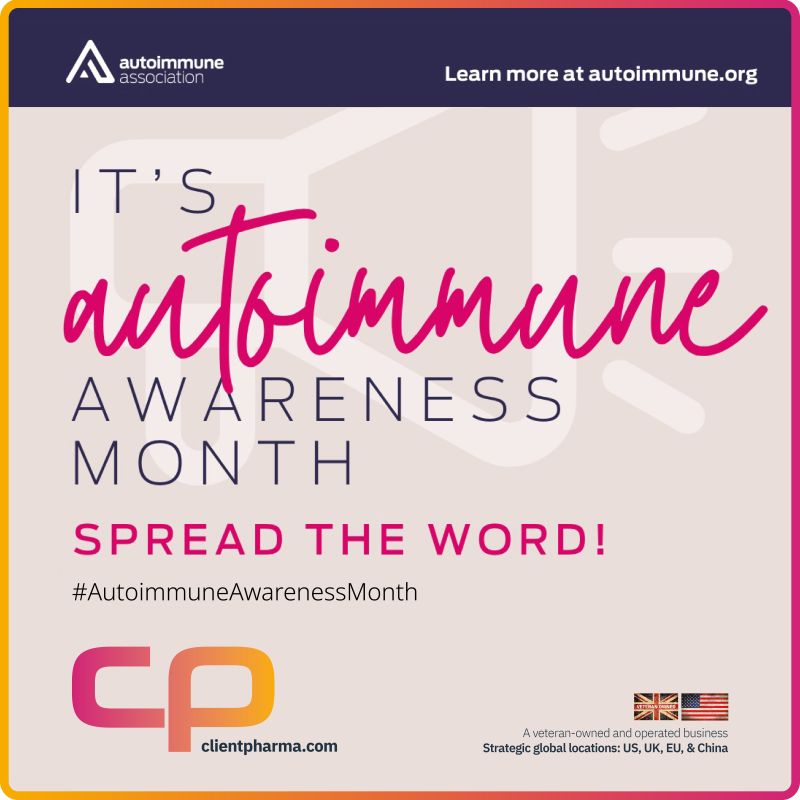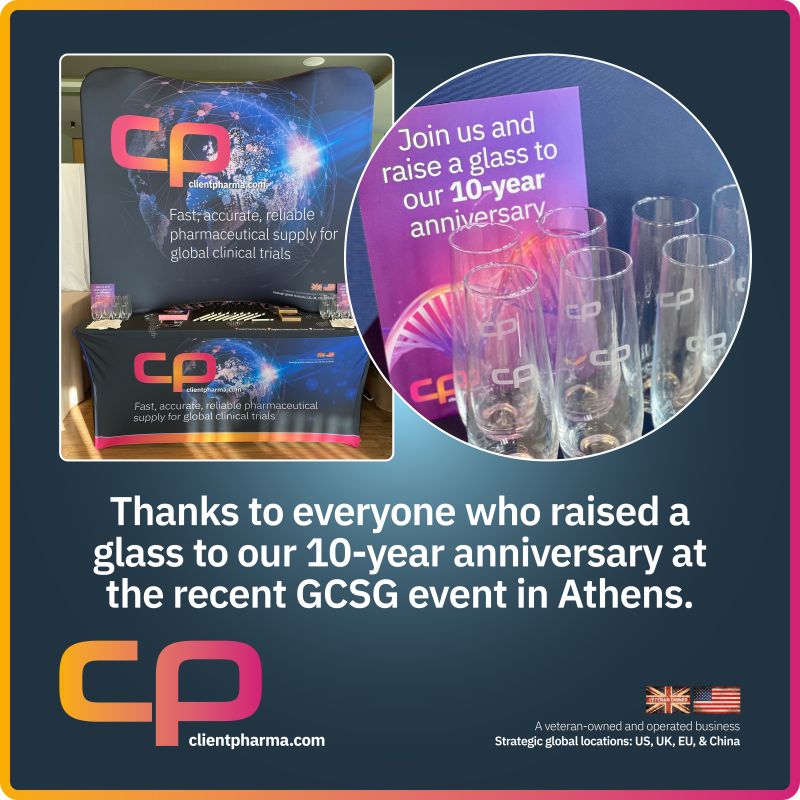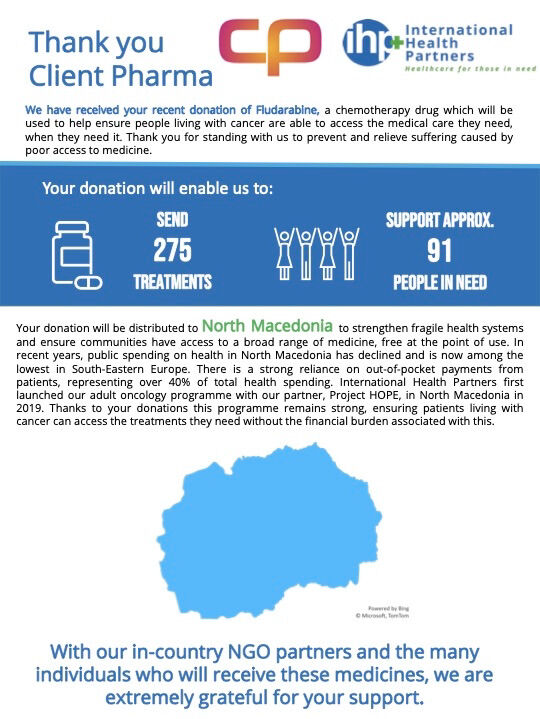At the New York Academy of Sciences’ symposium on Equivalence of Complex Drug Products: Scientific and Regulatory Challenges, regulatory officials described how agencies approach evaluating complex generics for marketing approval.
In 2015, almost 90% of prescriptions in the United States were for generics, according to the Generic Pharmaceutical Association. However, there are certain complex drug product categories, such as orally inhaled drugs used to treat asthma, where the regulatory pathways for the introduction of generic versions of the drugs are under debate, as users of these drugs currently have no access to generic counterparts.
In addition to this, less than 50% of ophthalmic products and less than 40% of topical drugs have generic counterparts. This is mainly because these drugs are represented by complex drug products.
The debate addressed the issues of demonstrating the therapeutic equivalence of generic complex drugs to their brand-name counterparts. This presents unique challenges that may not be encountered with small, low molecular weight molecules that are in conventional dosage forms in clinical trials.
These challenges may be down to the active components of the complex drugs being unknown, as well as the physical characteristics of the drugs that are essential for evaluating the efficacy and the safety of the product in question. This can have a negative impact on drug trials as well as effective comparator sourcing. Another issue affecting complex drugs is that they are difficult to fully characterise and are very sensitive to any changes in manufacturing. This can also negatively affect clinical drug trials.
Speakers at the symposium spoke on a range of subjects, including regulatory issues for follow-on versions of non-biological complex drugs, approaches to evaluate the equivalence of complex drugs in clinical trials and the technical challenges that can arise when characterising complex drugs.
Contributors from the US Food and Drug Administration (FDA) defined complex drugs as those having complex active ingredients such as peptides, polymers, or complex mixtures; complex formulations and/or dosages, such as liposomes, iron colloids, and long-acting injectables; complex routes of delivery, such as locally acting drugs, ophthalmic drugs, suspensions, emulsions, and gels; and/or complex drug–device combinations, such as nasal sprays and inhalers.
In this definition of complex drug products, the FDA excludes biologicals and does not formerly recognise NBCDs. The FDA requires originators to follow the new drug application route and follow-on NBCDs to use the generics route.
However, the FDA has issued draft guidance documents for certain NBCD families, e.g. liposomes, different iron carbohydrates (iron sucrose, iron gluconate, ferumoxytol) and cyclosporine ophthalmic emulsions.
The FDA has recognised and acknowledged the various challenges that are associated with complex drug products. As a result of this, they have included ‘meetings for complex products’ among key provisions in the Generic Drug User Fee Amendments Reauthorization.
